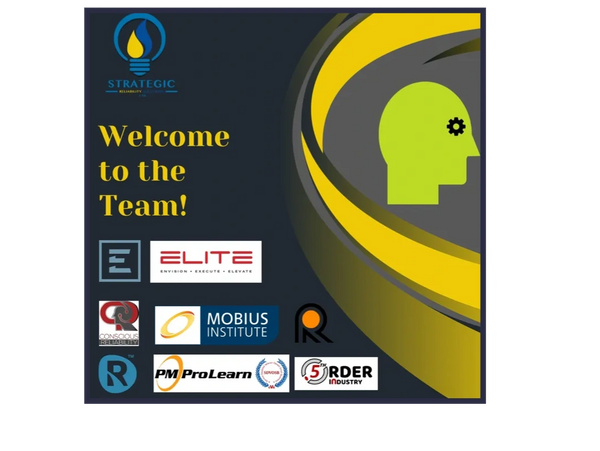WHAT COGITO RELIABILITY OFFERS
Cogito Reliability provides advanced analytical solutions in Reliability Engineering
Target customers include industrial operations seeking to quantify the future performance of their assets in order to optimize financial budgets, production output and resource allocations (capital, work force, spare parts, etc.).
Reliability Modelling
Also known as Reliability, Availability and Maintainability (RAM) Modelling, this concept breaks down an operation or system into significant blocks and quantifies the interactions and ultimate contribution of each block to the total output of the operation (e.g. m3 of finished product, manufactured goods, mining ore, etc). Once established, the model can inform the operator on various improvement opportunities related to each block including availability bottlenecks, maintenance optimization, spares parts management or maintenance resource allocation. The RAM model is also a tool of choice to estimate the benefits of changes to an operation (e.g. adding redundancy) as it is cheaper to review the change on paper rather than in real life. See video on right for more information.
Reliability Analysis - Life Analysis
Life analysis often known as “Weibull analysis”: The concept uses statistical tools to define life characteristics of assets or components. Using historical variables such as operating time, one can define characteristics of equipment informing an operator of the future number of failures, probabilities of failures. See video on left for more information.
Reliability Analysis - Barringer Process Reliability
Barringer Process Reliability: this concept is defined as a 10,000 foot overview of an operation and uses only production output data such as barrels per day, widgets produced per day etc. It is essentially a management tool and can help the operator establish the operating characteristics of the asset as well as the real losses experienced by the asset. See video on right for more information.
This website uses cookies.
We use cookies to analyze website traffic and optimize your website experience. By accepting our use of cookies, your data will be aggregated with all other user data.
